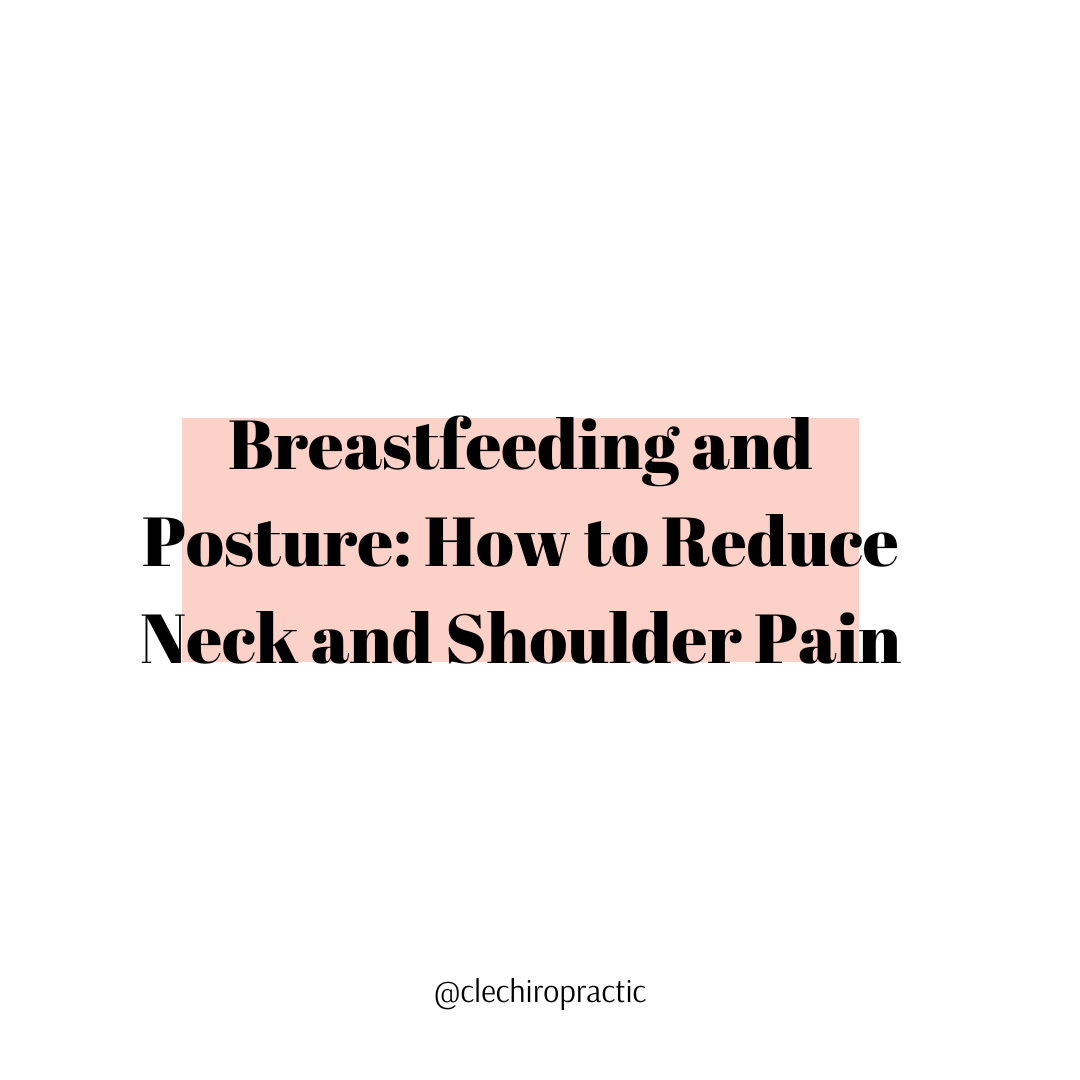Simple habits that make a big difference — especially during pregnancy and postpartum.
When most people think of “exercise,” they picture long workouts, gym memberships, or squeezing yet another thing into an already full schedule. But the truth is, movement doesn’t have to be complicated. Small, consistent actions throughout the day can support better posture, reduce discomfort, and help you feel more energized — especially during pregnancy and postpartum, when your body needs support more than ever.
Here are some simple ways to weave more movement into your day, no matter how busy life feels:
1. Turn Everyday Tasks Into Mini Workouts
Little changes add up fast. Try:
Standing on one leg while brushing your teeth to activate stabilizing muscles
Doing 10 calf raises while waiting for water to boil
Performing gentle hip circles at the kitchen counter (great for pelvic mobility!)
Squatting down to pick things up instead of bending from the waist
These tiny moments keep joints moving and help counteract stiffness.
2. Set a “Movement Reminder” Every Hour
Our bodies aren’t meant to stay in one position for long stretches. Set a timer or use a movement reminder app to stand, stretch, or walk for 1–2 minutes every hour.
Some ideas:
Shoulder rolls
Gentle neck stretches
A quick walk across the room
Pelvic tilts or cat-cow against a wall
Even small resets help your spine stay happy.
3. Add Movement to Your Commute (Or Daily Errands)
If you drive:
Park a little farther away
Take the long route walking in
Do a few gentle stretches before getting in or out of the car
If you work from home:
Take a 5–10 minute “commute walk” before or after your day to mimic normal routine movement.
4. Make Social Time Active Time
Movement doesn’t have to be solo.
Try swapping out a coffee date for:
A walk and talk
A yoga or pilates class
A stroll with the stroller or baby carrier
This builds community and keeps your body moving.
5. Use Transitions as Movement Opportunities
Think of the in-between moments:
Waiting for your toddler to put their shoes on
Letting the dog out
Warming up your lunch
Waiting on hold
These are the perfect times to stretch your hip flexors, practice diaphragmatic breathing, or do a few bodyweight movements.
6. Keep Quick Props Nearby
Having tools you like makes movement easier to reach for:
A foam roller by the couch
A yoga mat unrolled in a corner
Resistance bands in a drawer
A birthing ball as an extra seat
When it’s right there, you’re more likely to use it.
7. Listen to Your Body’s Signals
The best movement is the one your body is asking for. Feeling stiff? Try gentle stretching. Low energy? Take a slow walk. Feeling strong today? Add a few reps of bodyweight exercises.
Movement doesn’t have to look perfect — it just has to be consistent.
Take care,
Dr. Gina





